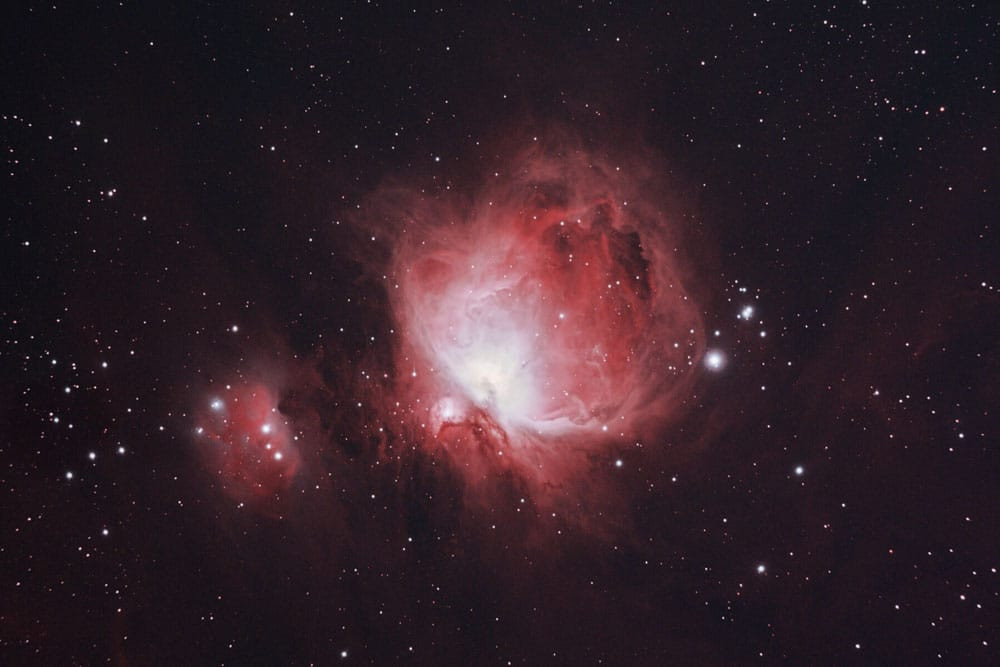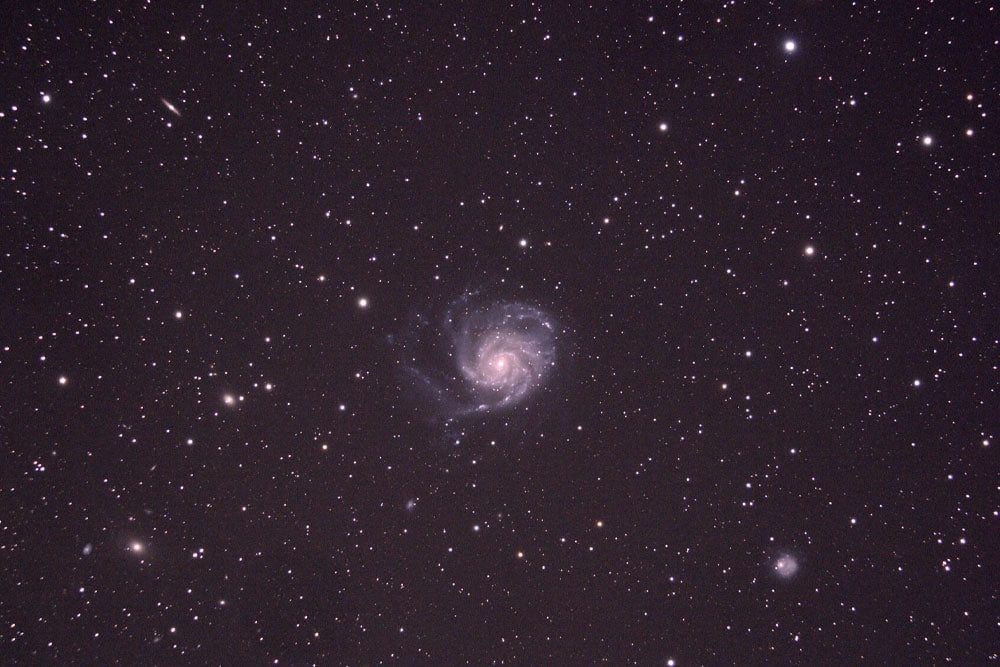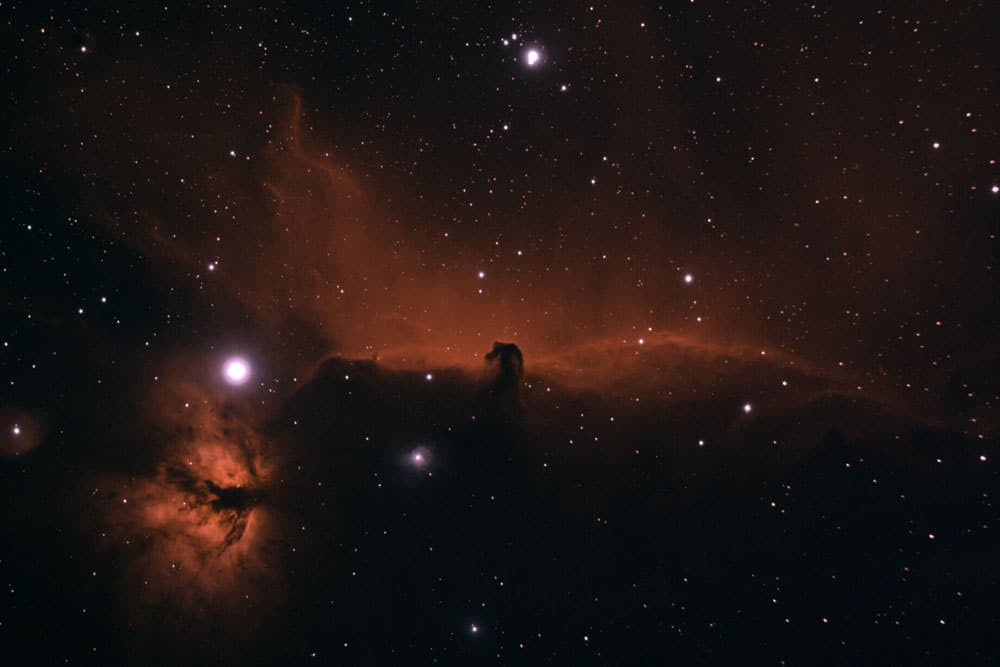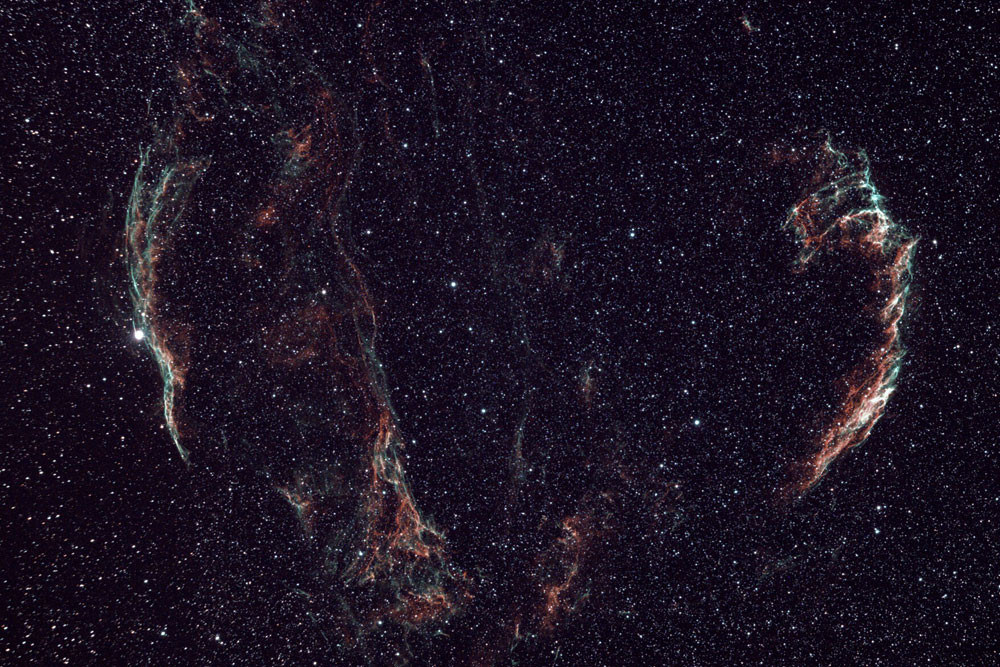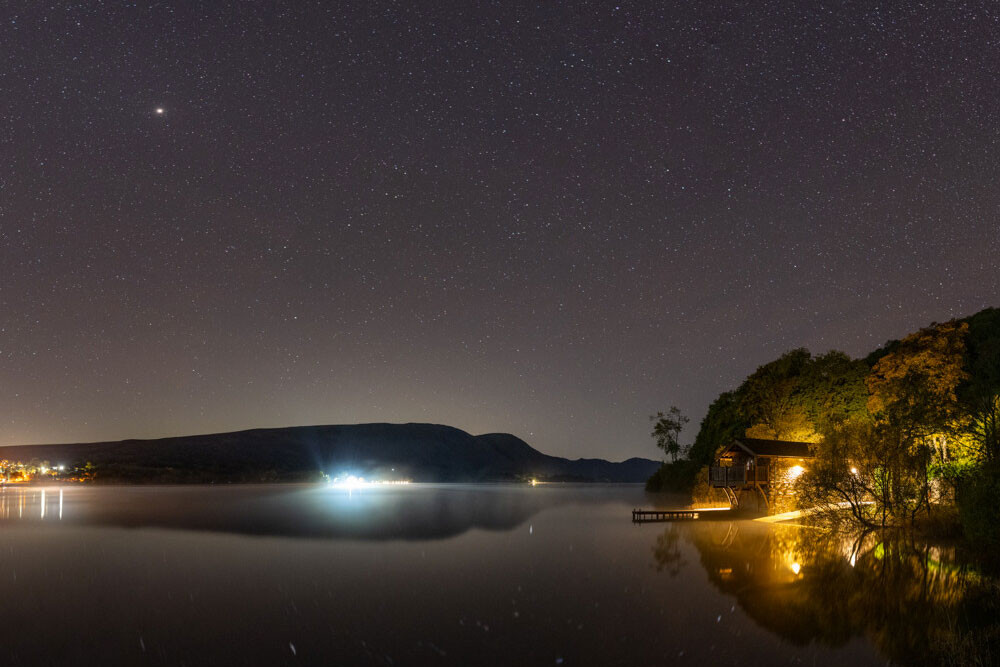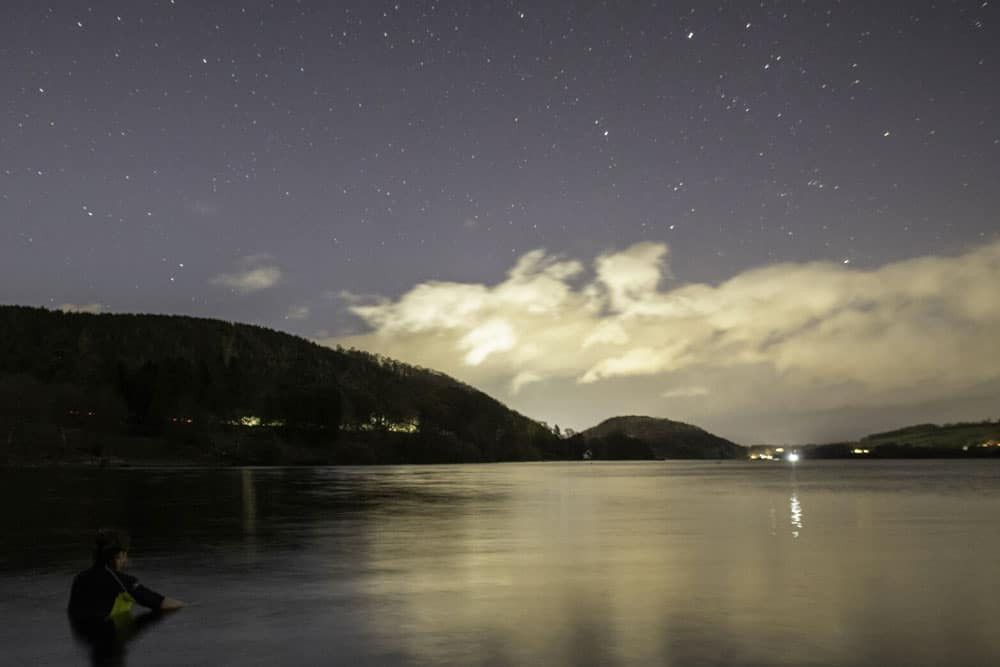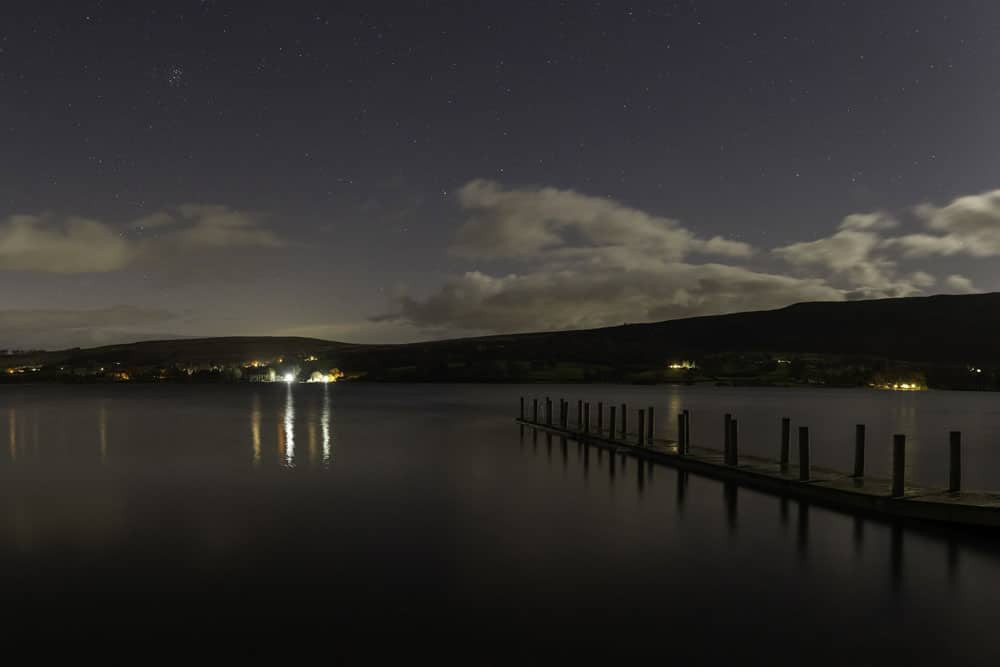Dive into deep space
In the dark skies of the Lake District, award-winning night sky photographer Ben Bush experiments with lenses and telescopes to capture the wonder of the universe visible from Earth. After creating this beautiful time lapse over Ullswater for us, he shares his favourite locations in the Lakes for stargazing, photographing another galaxy and his greatest night of photography yet…
Photography has been a lifelong love of mine. As a child, we had a darkroom on the stairs and cameras were always lying around so my interest was captured early.
Many years later, working as a tree surgeon and living in the Lake District, I started to head out into the mountains at night with my camera. A whole universe of stars and possibilities opened up and I was hooked. I’m totally self-taught and part of the love I have for exploring the world and our star-filled skies is the desire to learn: to teach myself more and also to pass the knowledge on to others.
“I like nothing more than walking the lake at night to capture stars and galaxies reflected in its dark still waters, or walking the hills and mountains with Ullswater snaking through the valley.”
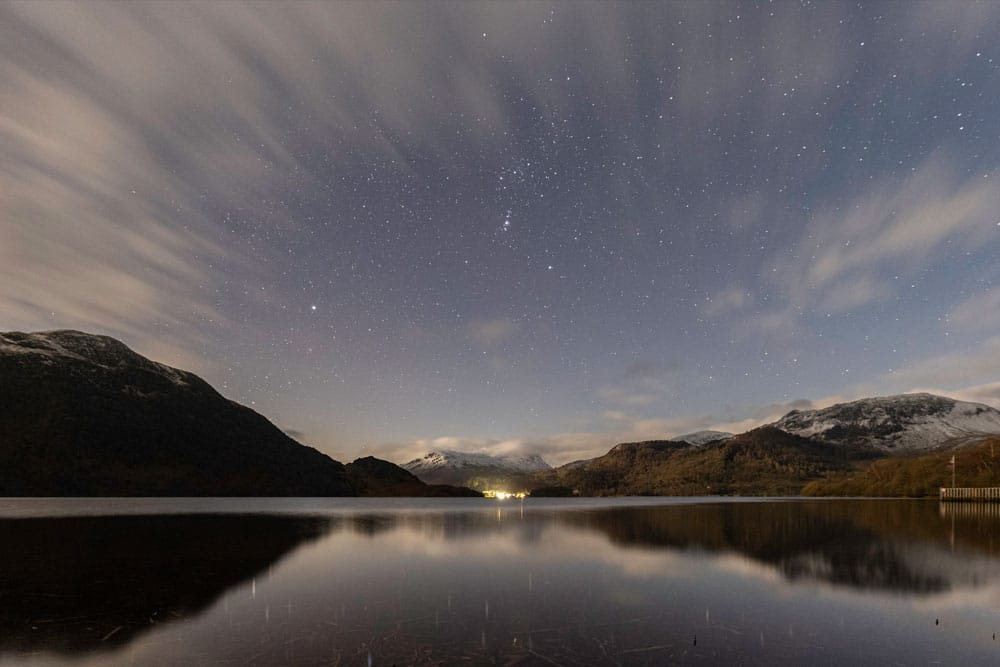
Ullswater and the surrounding mountains remain a firm favourite place to photograph. I like nothing more than walking the lake at night to capture stars and galaxies reflected in its dark still waters, or walking the hills and mountains with Ullswater snaking through the valley.
Being out in the Lake District at night is special. In a place that can be busy at times, it’s always quiet and – weather permitting – calm and peaceful too. In the distance, you can hear foxes calling and deer traversing the hills. The landscape of the lakes, at one time dramatic and another peaceful, is the perfect place to get out beneath a blanket of stars.
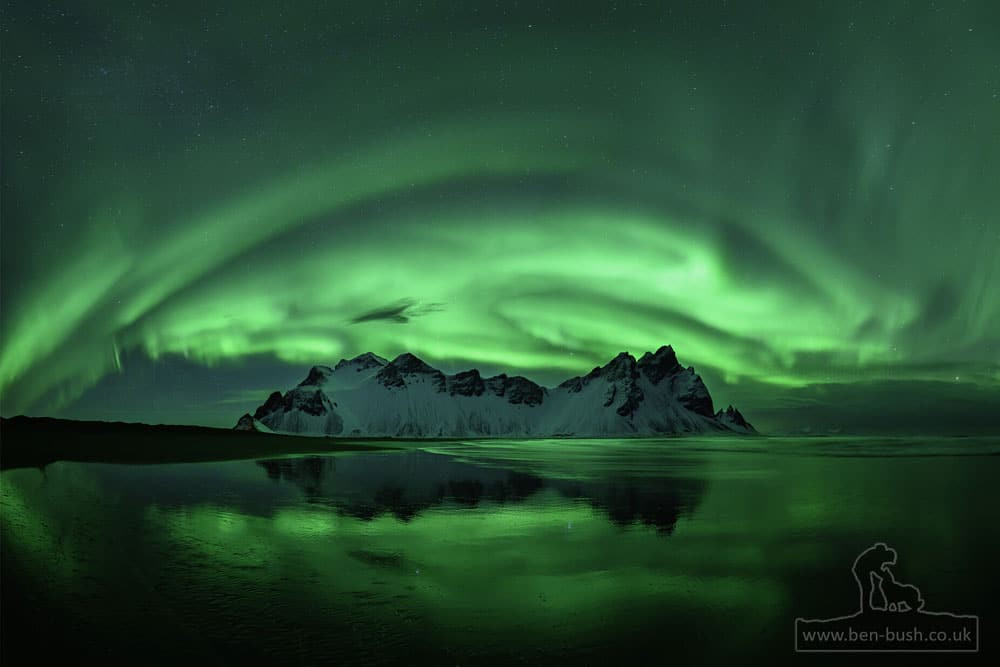
The most memorable shoot I have ever done was last February at the Vestrahorn in South East Iceland. I arrived in the dark, not sure if I had found the right place but keen to see for myself. I found my way down to the beach and set up my camera; in the distance, I could see the mountains and above a sky full of stars. Then the whole sky exploded in colour and waves of green flickered and swam across the sky. It brought tears to my eyes. I mistimed the waves and ended up thigh-deep in the North Atlantic in -6°C temperatures, but I didn’t care. One of the photos from that night is in the Astronomy Photographer of the Year 2020 book.
The shoot for Another Place is one I really enjoyed. It’s such a beautiful location and I love the ethos of the hotel. Also, capturing someone night swimming was a real challenge, which I like. Firstly, we had to wait for the right weather conditions. Then, it was a case of capturing them in the water with the stars overhead and reflected. I’m really happy with the results.
The beach next to Aira Force jetty has one of best night time views in the Lake District. Here you can see Orion above the summit of Helvellyn or at another time of the year the Milky Way moving across the sky, or Jupiter and its moons.
Night swims
Advocates of dark skies, we want our guests to get outdoors and enjoy the night sky, even from the lake. Colin Hill, our resident open water swimming expert takes monthly full moon swims from our hotel jetty along the shores of Ullswater, as well as stargazing swims when the moon is less full and you can see more in the sky. Book online and join one during your stay.
Book your stay at Another Place, The Lake and see the night sky for yourself.
